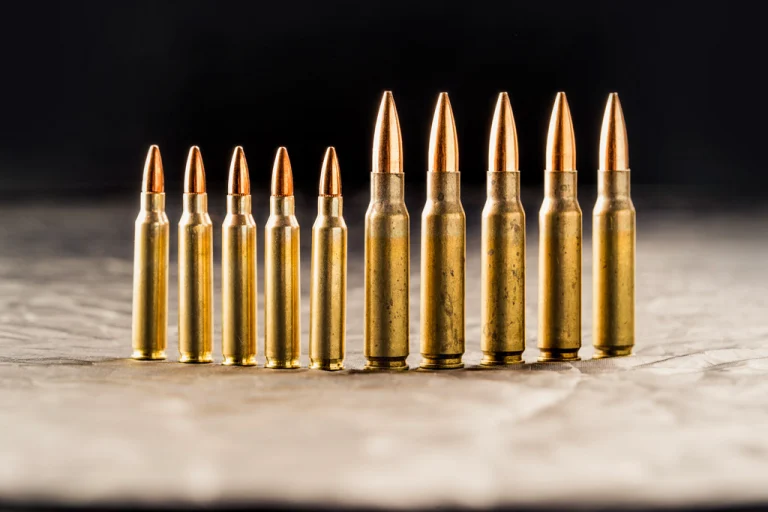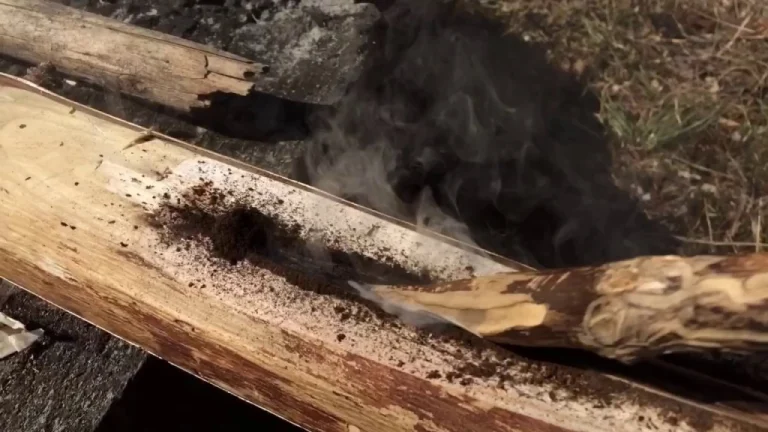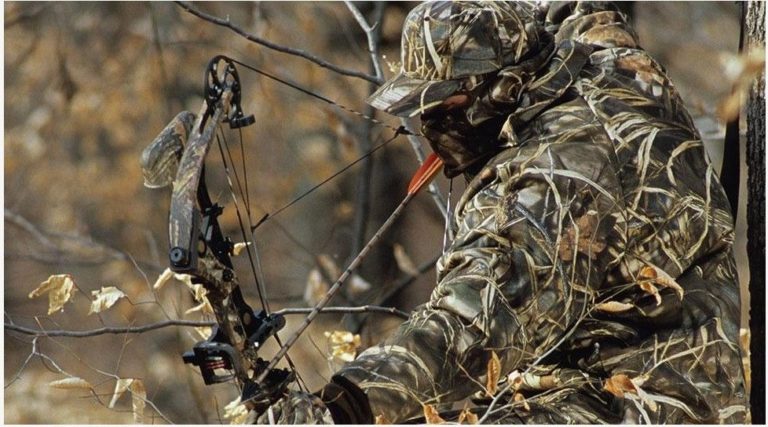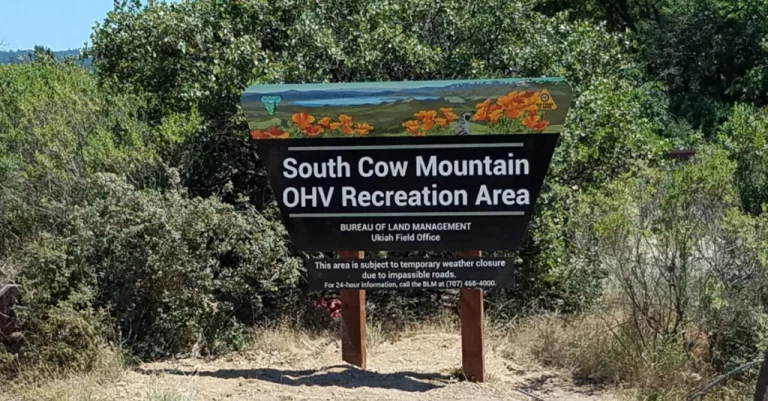Whitetail deer are one of the most popular game animals in North America, and for good reason. Not only are they a challenging and exciting animal to hunt, but they also provide delicious meat and are an important part of many ecosystems.
If you’re planning on hunting whitetail deer, it’s essential to have a good understanding of their anatomy and proper shot placement. In this post, we’ll go over the basic anatomy of a whitetail deer and discuss where to aim for a clean and ethical kill.
Whitetail Deer Anatomy

The anatomy of a whitetail deer is similar to that of other ungulates (hoofed mammals).
Here are the main parts of a whitetail deer’s anatomy:
- Vital organs: The vital organs of a whitetail deer include the heart and lungs. These are the organs that you’ll want to target for a quick and humane kill. The heart is located just behind the deer’s front legs, while the lungs are slightly further back and slightly higher up.
- Shoulder blades: The shoulder blades of a whitetail deer are thick and strong bones that provide protection for the vital organs. It’s important to aim just behind the shoulder blades to avoid hitting them, which could result in a wounded animal.
- Liver: The liver is another vital organ of a whitetail deer and is located behind the diaphragm, just below the lungs. A well-placed shot to the liver can also result in a quick and humane kill.
Proper Shot Placement
To target the vitals, aim just behind the shoulder blade of the deer.
This area is sometimes referred to as the “kill zone” (as you can see in the image below) and is the ideal spot to place your shot. When aiming, you should also take into account the deer’s position and angle.
Pro tip:
If the deer is facing you, aim for the center of the chest. If it’s broadside (facing perpendicular to you), aim for the shoulder blade.
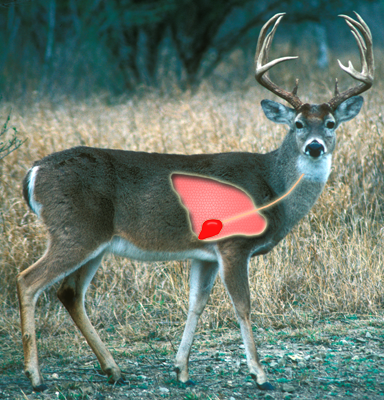
In addition to the vitals, a well-placed shot to the liver can also result in a quick and humane kill.
The liver is a large organ that is responsible for filtering toxins from the deer’s blood. If you hit the liver, it will cause internal bleeding and the deer will typically expire within a few minutes.
However, it’s important to note that a liver shot can be more difficult to make than a shot to the vitals. The liver is a smaller target and is located further back in the deer’s body. It’s also important to avoid hitting the stomach, as this can result in spoiled meat and a longer tracking job.
Weapon Choice:
It’s important to use the right weapon and ammunition when hunting whitetail deer. A high-powered rifle is the most common choice, but a bow or crossbow can also be effective if you’re skilled with it.
The caliber or draw weight of your weapon should be appropriate for the size of the deer you’re hunting. It’s also important to use proper ammunition that is designed for hunting, as using the wrong type of bullet or arrow could result in a non-fatal wound.
Check on our article Bullets: 308 vs 270 Winchesters – Which is More Powerful? which may help too.
Here are some insights:
- If using a mechanical broadhead or light arrow setup aim behind the shoulder mid lung
- If shooting a heavy FOC arrow and using a single bevel broadhead just aim for the heart, bone isn’t an issue.
- If shooting a rifle shoot for the top of the heart, it will drop them immediately.
Now that you’ve shot the deer, you’d have to do some field dressing? You can check on 11 Best Hunting Knife Sets – A Buyer’s Guide which we wrote quite a while ago that should help you choose the best knife set when you go out hunting.
Remember that shot placement accuracy is a result of practice and understanding the anatomy of the animal you’re hunting.
It’s essential to familiarize yourself with your hunting equipment, be it a rifle or bow, and practice shooting from different angles. Furthermore, ongoing learning and training in hunting ethics and techniques are crucial for becoming a responsible and effective hunter.
Till next time.

